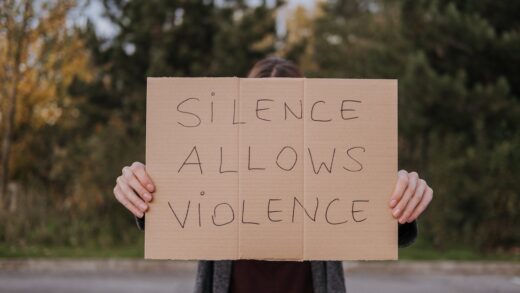Gender equality

Equal rights and opportunities for girls and boys help all children fulfil their potential.
Girls and boys see gender inequality in their homes and communities every day – in textbooks, in the media and among the adults who care for them.
Parents may assume unequal responsibility for household work, with mothers bearing the brunt of caregiving and chores. The majority of low-skilled and underpaid community health workers who attend to children are also women, with limited opportunity for professional growth.
And in schools, many girls receive less support than boys to pursue the studies they choose. This happens for a variety of reasons: The safety, hygiene and sanitation needs of girls may be neglected, barring them from regularly attending class. Discriminatory teaching practices and education materials also produce gender gaps in learning and skills development. As a result, nearly 1 in 4 girls between the ages of 15 and 19 are neither employed nor in education or training – compared to 1 in 10 boys.
Worldwide, nearly 1 in 4 girls between the ages of 15 and 19 are neither employed nor in education or training – compared to 1 in 10 boys.
Yet, in early childhood, gender disparities start out small. Girls have higher survival rates at birth, are more likely to be developmentally on track, and are just as likely to participate in preschool. Among those who reach secondary school, girls tend to outperform boys in reading across every country where data are available.
But the onset of adolescence can bring significant barriers to girls’ well-being. Gender norms and discrimination heighten their risk of unwanted pregnancy, HIV and AIDS, and malnutrition. Especially in emergency settings and in places where menstruation remains taboo, girls are cut off from the information and supplies they need to stay healthy and safe.
Some 1 in 20 girls between the ages of 15 and 19 – around 13 million globally – have experienced forced sex in their lifetimes.
Harmful gender norms are perpetuated at the highest levels. In some countries, they become entrenched in laws and policies that fail to uphold – or that even violate – girls’ rights, like laws that restrict women from inheriting property. Boys also suffer from gender norms: Social conceptions of masculinity can fuel child labour, gang violence, disengagement from school, and recruitment into armed groups.









